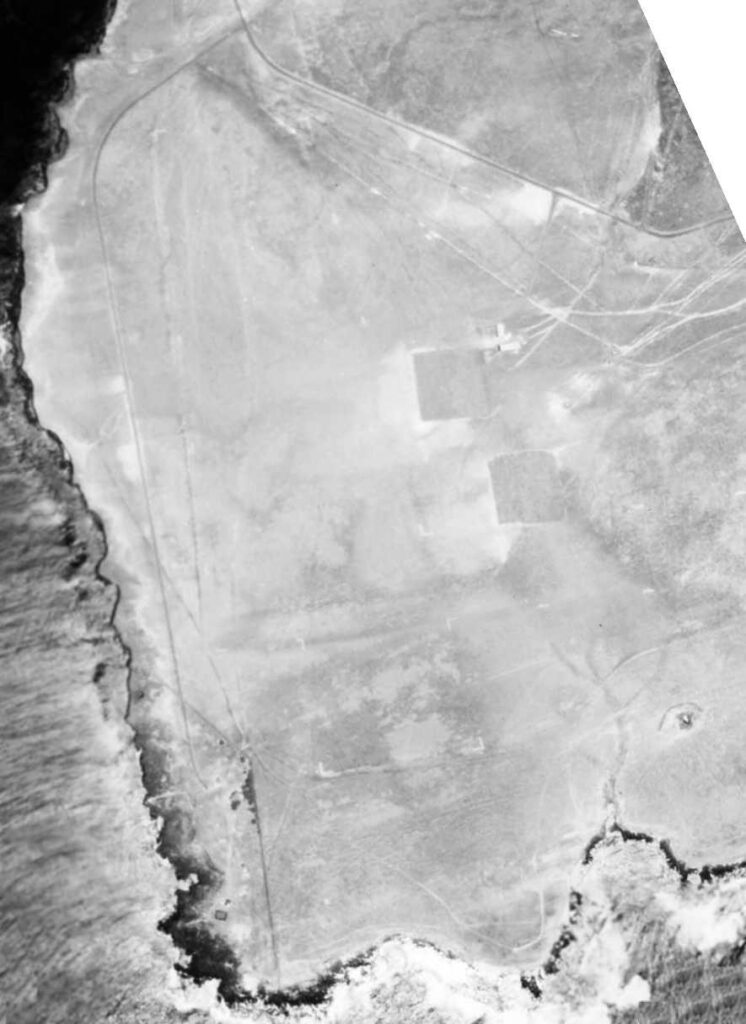“I would just remark respecting the name of Boki that even according to our present rules it may be spelt with the B for the name is of foreign origin. His original name was Ilio-punahele, that is, favourite dog.”
“When the king became acquainted with a large American dog named Boss, he immediately changed the name of the young chief from Ilio-punahele to Boss, which in native language is Boki, pronounced by 99/100 of the people Poki.” (William Richards; Missionary Letters, Vol. 3, Page 725; December 6, 1828)
Less than two months after the royal group arrived in England, the king and queen were dead from the measles; it was Boki who lead the Hawaiian delegation to meet with King George IV and receive the King’s assurances of British protection for Hawai‘i from foreign intrusion.
Returning with Lord Byron on the Blonde, Boki brought to Hawaiʻi an English planter, John Wilkinson, and with him began raising sugar cane and coffee beans in Mānoa Valley.
Boki also encouraged the Hawaiians to gather sandalwood for trade, ran a mercantile and shipping business, and opened a liquor store called the Blonde Hotel.
In the late-1820s, Boki came into conflict with Kuhina Nui (Premier) Ka‘ahumanu when he resisted the new laws that were passed, and did not enforce them. In May of 1827, Ka‘ahumanu and the Council charged Boki with intemperance, fornication, adultery and misconduct, and fined him and his wife Liliha.
Just prior to Boki’s sailing to the New Hebrides in search of sandalwood, the lands of Kapunahou and Kukuluāeʻo were transferred to Hiram Bingham for the purpose of establishing a school, later to be known as Oʻahu College (now, Punahou School.)
These lands had first been given to Kameʻeiamoku, a faithful chief serving under Kamehameha, following Kamehameha’s conquest of Oʻahu in 1795. At Kameʻeiamoku’s death in 1802, the land transferred to his son Hoapili, who resided there from 1804 to 1811. Hoapili passed the property to his daughter Kuini Liliha.
Sworn testimony before the Land Commission in 1849, and that body’s ultimate decision, noted that the “land was given by Governor Boki about the year 1829 to Hiram Bingham for the use of the Sandwich Islands Mission.”
The decision was made over the objection from Liliha; however Hoapili confirmed the gift. It was considered to be a gift from Kaʻahumanu, Kuhina Nui or Queen Regent at that time.
The Binghams oversaw the early development of the land and Mrs. Bingham planted the first night blooming cereus, now a symbol of Punahou. The Binghams left Hawaii in 1840, before Punahou School became a reality.
Boki incurred large debts and, in 1829, attempted to cover them by assembling a group of followers and set out for a newly discovered island with sandalwood in the New Hebrides. Boki fitted out two ships, the Kamehameha and the Becket, put on board some five hundred of his followers, and sailed south.
Somewhere in the Fiji group, the ships separated. Eight months later the Becket limped back to Honolulu with only twenty survivors aboard.
Boki and two hundred and fifty of his men apparently died at sea when the Kamehameha burned, possibly when gunpowder stored in the hold blew up as a result of careless smoking.
Liliha then became a widow and governor of Oʻahu. She gave the ahupuaʻa of Mākaha to High Chief Paki. Chief Paki was the father of Bernice Pauahi Bishop. (Lots of info here from waianaebaptist-org; punahou-edu; keepers of the culture and others.) The image shows Boki and Liliha.























































